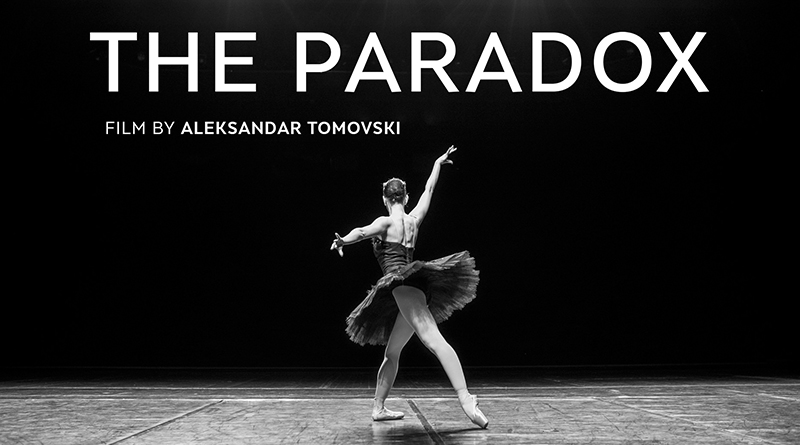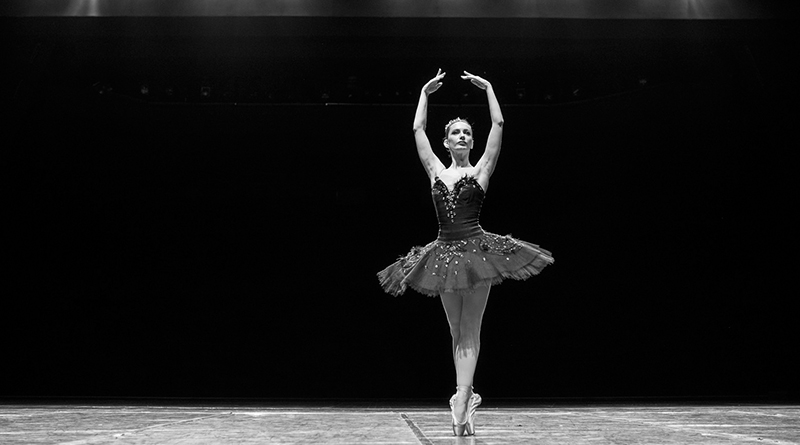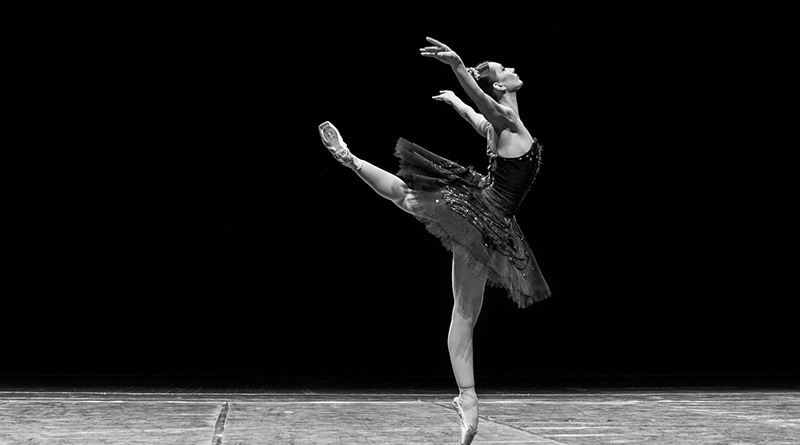The Paradox

Directed by Aleksandar Tomovski / Reviewed by Sayantan Mukherjee
"If a tree falls in a forest and no one is around to hear it, does it make a sound?"
These words form the basis of a philosophical thought experiment that’s been around since forever now. It is indeed quite a vexing statement (as is expected from philosophical paradoxes), considering its connection with Quantum Physics. One of the underlying problems with studying quantum particles; i.e., extremely small particles of submicron levels; is the fact that they change their behavior when we try to observe them. Lest we foray into severe technicality, let’s understand that quantum particles can exist as waves, going through several openings of a barrier at once. But as we try to observe such behavior, we can only see them going through one opening at a time, thus turning them from waves into particles. This unique challenge of observation and perception has perplexed scientists and philosophers for ages.
Can something truly exist if it isn’t perceived by consciousness?
Aleksandar Tomovski’s one minute film The Paradox deals with this conundrum. We see a ballerina (Marija Kichevska) dancing as The Black Swan in an empty theatre; her movements majestic and graceful- a combination of great talent and years of practice culminating into a masterful performance.  There is no one to see this performance and her brilliant display of art remains obscured from a potential audience. The shots are beautifully taken and weaved together into a cohesive whole expertly by Aleksandar, whose choice of a monochrome colour palette renders the ballerina’s performance even more exquisite. It is sharp, simple and direct. There’s no visual abstraction here and the main thought-provoker happens to be the background narrator. The voice in background speaks about the companionship of the universe with its observer. A mere recording device cannot fulfil the need of a true observer- a being whose sentience will bring meaning to existence. The ballerina’s performance is phenomenal as she glides through the stage in likeness to a true swan, her heavy breathing heard in the quietness of an empty hall as the voice in background laments the need of someone to confirm its existence.
The director has drawn parallels to the issue of present-day stage artists performing and rehearsing in empty theatres due to the Covid pandemic, with this age-old dilemma of existence without observation. Are these dancers really making art if there’s no one to witness it? This is the question posed by Aleksandar.
It is a valid question and although we are live-streaming and recording our every action on a daily basis for the world to see; it is not always possible for professional artists to showcase their art in such ways. They do not have the regular live audience they are used to for an instant resonance and may feel drastically uneasy at this prospect of having digital spectators confined to a screen. However, this issue doesn’t really fall into the trappings of our mentioned quantum problem. A dance performance is different, for its existence is primarily dependent on a person’s actions; thereby confirming a presence of conscious perspective in its functioning. Maybe, no one else is there to perceive it, but we are not bothered by the else(multiple perspectives) here. We are simply dealing with the possibility of unperceived existence and the presence of even one conscious perception negates that principle. The performance is happening and its existence is proven by the dancer herself.
There is no one to see this performance and her brilliant display of art remains obscured from a potential audience. The shots are beautifully taken and weaved together into a cohesive whole expertly by Aleksandar, whose choice of a monochrome colour palette renders the ballerina’s performance even more exquisite. It is sharp, simple and direct. There’s no visual abstraction here and the main thought-provoker happens to be the background narrator. The voice in background speaks about the companionship of the universe with its observer. A mere recording device cannot fulfil the need of a true observer- a being whose sentience will bring meaning to existence. The ballerina’s performance is phenomenal as she glides through the stage in likeness to a true swan, her heavy breathing heard in the quietness of an empty hall as the voice in background laments the need of someone to confirm its existence.
The director has drawn parallels to the issue of present-day stage artists performing and rehearsing in empty theatres due to the Covid pandemic, with this age-old dilemma of existence without observation. Are these dancers really making art if there’s no one to witness it? This is the question posed by Aleksandar.
It is a valid question and although we are live-streaming and recording our every action on a daily basis for the world to see; it is not always possible for professional artists to showcase their art in such ways. They do not have the regular live audience they are used to for an instant resonance and may feel drastically uneasy at this prospect of having digital spectators confined to a screen. However, this issue doesn’t really fall into the trappings of our mentioned quantum problem. A dance performance is different, for its existence is primarily dependent on a person’s actions; thereby confirming a presence of conscious perspective in its functioning. Maybe, no one else is there to perceive it, but we are not bothered by the else(multiple perspectives) here. We are simply dealing with the possibility of unperceived existence and the presence of even one conscious perception negates that principle. The performance is happening and its existence is proven by the dancer herself.  French philosopher René Descartes coined the dictum, Cogito, ergo sum which is Latin for "I think, therefore I am" – a statement which proves that we cannot doubt our own existence; as inception of this doubtfulness was birthed by us in the first place. Relating to this statement, in the film we see a dance performance that would require planning and application of immense thinking prowess bar none.
Leaving aside the various definitions and implications of observation and perception; historically humans have had the tendency to anthropomorphize most things in nature. Time is limited to how we calculate it; colours are how we see them and frequency of sounds are what we hear. With the advent of technology and a growing understanding of the innate working of nature, we have found X-Rays, microwaves, radio waves, different colour spectrums used by animals, the variance in time depending on gravitational forces etcetera– and developed knowledge on what lies beyond our perceived senses. So, in light of this acquired wisdom, perhaps we may learn to appreciate the existence of events that may be beyond our perception but happen anyway. So, let us imagine an artistic masterpiece inhabiting space and time perfectly; but seen by nobody – and believe in its existence beyond us.
French philosopher René Descartes coined the dictum, Cogito, ergo sum which is Latin for "I think, therefore I am" – a statement which proves that we cannot doubt our own existence; as inception of this doubtfulness was birthed by us in the first place. Relating to this statement, in the film we see a dance performance that would require planning and application of immense thinking prowess bar none.
Leaving aside the various definitions and implications of observation and perception; historically humans have had the tendency to anthropomorphize most things in nature. Time is limited to how we calculate it; colours are how we see them and frequency of sounds are what we hear. With the advent of technology and a growing understanding of the innate working of nature, we have found X-Rays, microwaves, radio waves, different colour spectrums used by animals, the variance in time depending on gravitational forces etcetera– and developed knowledge on what lies beyond our perceived senses. So, in light of this acquired wisdom, perhaps we may learn to appreciate the existence of events that may be beyond our perception but happen anyway. So, let us imagine an artistic masterpiece inhabiting space and time perfectly; but seen by nobody – and believe in its existence beyond us.


